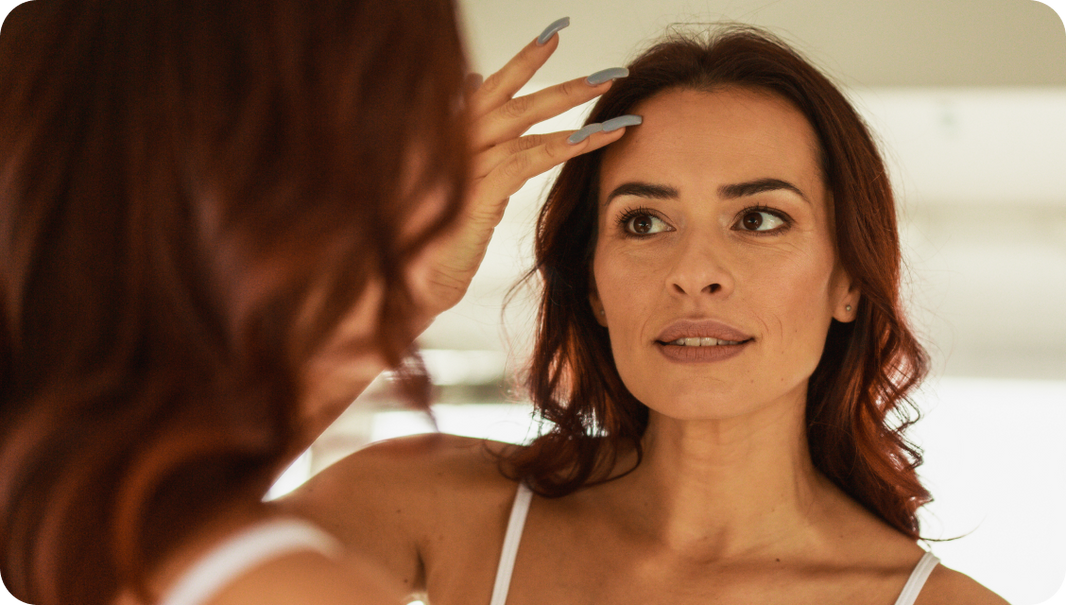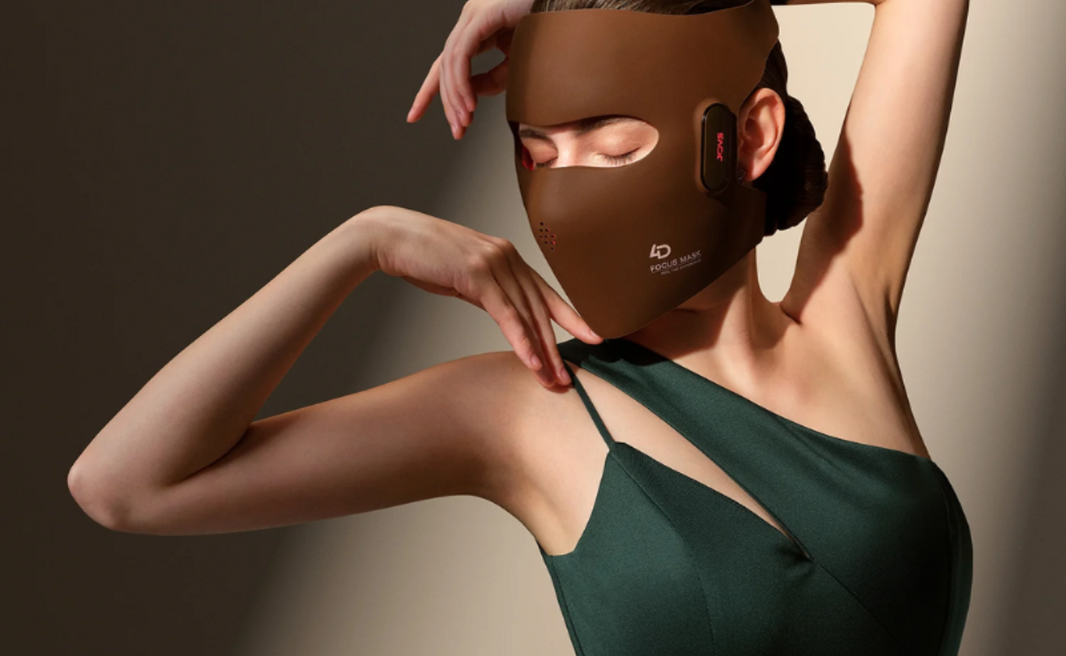Introduction
Removing unwanted hair can result in irritating side effects like bumps, redness, ingrown hairs, and razor burn. While some minor irritation may be inevitable, you can prevent the bulk of these issues by avoiding common mistakes. Hair removal requires care and technique to minimize discomfort.
Follow these guidelines to achieve smooth, irritation-free skin after shaving, waxing, sugaring, epilating, or using depilatories. We will explore the top 10 pitfalls to steer clear of and how to gently prep skin, use proper tools and techniques, care for skin afterward, and listen to your body. With a diligent approach, you can reveal stubble-free and ingrown-free skin.

Tip 1: Not Exfoliating Beforehand
One of the biggest causes of ingrown hairs is dead skin buildup clogging follicles. Gently exfoliating before any hair removal method clears away this debris so hairs can emerge through the surface instead of curling back under.
Use a scrub with soft rounded beads or an AHA exfoliant like glycolic acid toner. Start 2-3 times a week and work up to exfoliating daily before hair removal for the closest shave and wax. Just don't overdo it - irritation from aggressive scrubbing creates its own issues.
Tip 2: Rushing the Removal Process
Trying to hurry through shaving or waxing leads to mistakes like too much pressure, repeated passes over one area, and skipped spots. All of these can lead to irritation. Set aside at least 10 extra minutes for the process, slow down your stroke speed, and take deep breaths. Rushing also leads to accidents like cuts from shaky hands. Stay focused, and don't multitask.
Tip 3: Using Old, Dull Tools
A dull, rusted razor or worn wax strips pull and tug at hairs instead of removing them cleanly. This damages skin and hair follicles, causing bumps, redness, and ingrown hairs. Dull tools require more force, making irritation more likely. Replace your razor after 5-10 uses and wax strips after 2-3. Rotate between a few high-quality tools instead of one. For an efficient and less damaging experience, consider transitioning to advanced hair removal devices; it's not just an upgrade but a necessary step towards healthier skin and a more comfortable grooming process.

Tip 4: Forgetting to Soothe Skin Before and After
Caring for the skin before and after hair removal is crucial for avoiding discomfort. Before removal, take a warm shower or use a hot towel to open pores - this allows for closer extraction with less tugging.
Afterward, calm any irritation by gently cleansing and then applying aftercare products with soothing ingredients like aloe, calendula, tea tree oil, shea butter, coconut oil, jojoba oil, avocado oil, or witch hazel.
Tip 5: Not Disinfecting Reusable Tools
Bacteria on tools can lead to folliculitis, bumps, and breakouts. Always thoroughly clean razors, epilators, tweezers, and anything else you reuse. Scrub with hot soapy water, wipe down with rubbing alcohol, and fully air dry. Replace heavily-used parts per manufacturer instructions. Disposable razors and wax strips skip this step, but the tradeoff is more waste.
Tip 6: Repeatedly Going Over Irritated Areas
Pressing too hard or repeatedly going over the same patch of skin causes irritation. Do one pass gently, then spot-treat the hairs you missed instead of rubbing the area raw. Pull the skin taut before passing tools over again. Know your skin's limits and stop if any area becomes painfully sensitive or shows signs of damage like scrapes.
Tip 7: Skipping Post-Removal Moisturizer
Dry, rough skin leads to bumps, ingrown hairs, and razor burns because tools drag across the surface instead of gliding smoothly. Always apply moisturizer after cleansing post-hair removal. Look for rich creams with ceramides and oils that hydrate while protecting the skin's barrier. If your chosen hair removal method requires keeping skin dry, apply a moisturizer several hours later or the next morning.

Tip 8: Failing to Stretch Skin While Removing Hair
Pulling skin tight gives tools a smooth, stable surface to glide over closely. For curved areas like knees, underarms, or the bikini line, gently stretch the skin flat with your free hand during removal.
Start on the outside edges, then work inward toward the middle. Release skin between passes. This simple trick leads to a closer, safer result.
Tip 9: Taking Off Too Much Hair at Once
During waxing especially, tackle smaller sections instead of large areas all at once, which stresses skin extensively. Work in patches forward, backward, left, right, diagonally - whatever allows the wax to adhere easily without rubbing any area raw.
For Brazilian or bikini waxes, do minimal front and back areas first before the very sensitive middle section. We highly recommand use DPL hair remover.
Tip 10: Not Patch Testing Products First
Some ingredients provoke allergic reactions like rashes, bumps, redness, burns, itching, and peeling. Before full use, swipe depilatories, waxes, shaving gels, or any new product on a small skin patch and watch for 24-48 hours before applying all over sensitive zones. Discontinue it immediately if irritation emerges.

To Summarize
With diligence and care, you can remove hair smoothly and painlessly without incurring bumps, razor burns, ingrown hairs, and irritation. Avoid common errors, work slowly, stretch the skin, exfoliate properly, soothe before and after, keep tools sharp and disinfected, moisturize post-removal, and patch-test new products.
Besides, individual skin types and conditions may vary, so what works well for one person may not work as effectively for another. Always test new products or methods on a small skin area first to ensure they don't cause further irritation. Pay attention to warning signs on your skin. With time, you'll discover the optimal gentle removal techniques for your unique hair and skin needs.
Read More
- The Best IPL Hair Removal Devices for Christmas Gifts in 2022– JOVS
- Permanent Hair Removal Ways for Men– JOVS
- Best IPL Hair Removal Devices 2023: Goodbye Unwanted Hair!– JOVS
- 9 Best Ways to Remove Upper Lip Hair for Women Easily!– JOVS
- 10 Meaningful Yet Cost-Effective Christmas Gifts for Friends & Family– JOVS
Navigation
- Introduction
- Tip 1: Not Exfoliating Beforehand
- Tip 2: Rushing the Removal Process
- Tip 3: Using Old, Dull Tools
- Tip 4: Forgetting to Soothe Skin Before and After
- Tip 5: Not Disinfecting Reusable Tools
- Tip 6: Repeatedly Going Over Irritated Areas
- Tip 7: Skipping Post-Removal Moisturizer
- Tip 8: Failing to Stretch Skin While Removing Hair
- Tip 9: Taking Off Too Much Hair at Once
- Tip 10: Not Patch Testing Products First
- To Summarize








